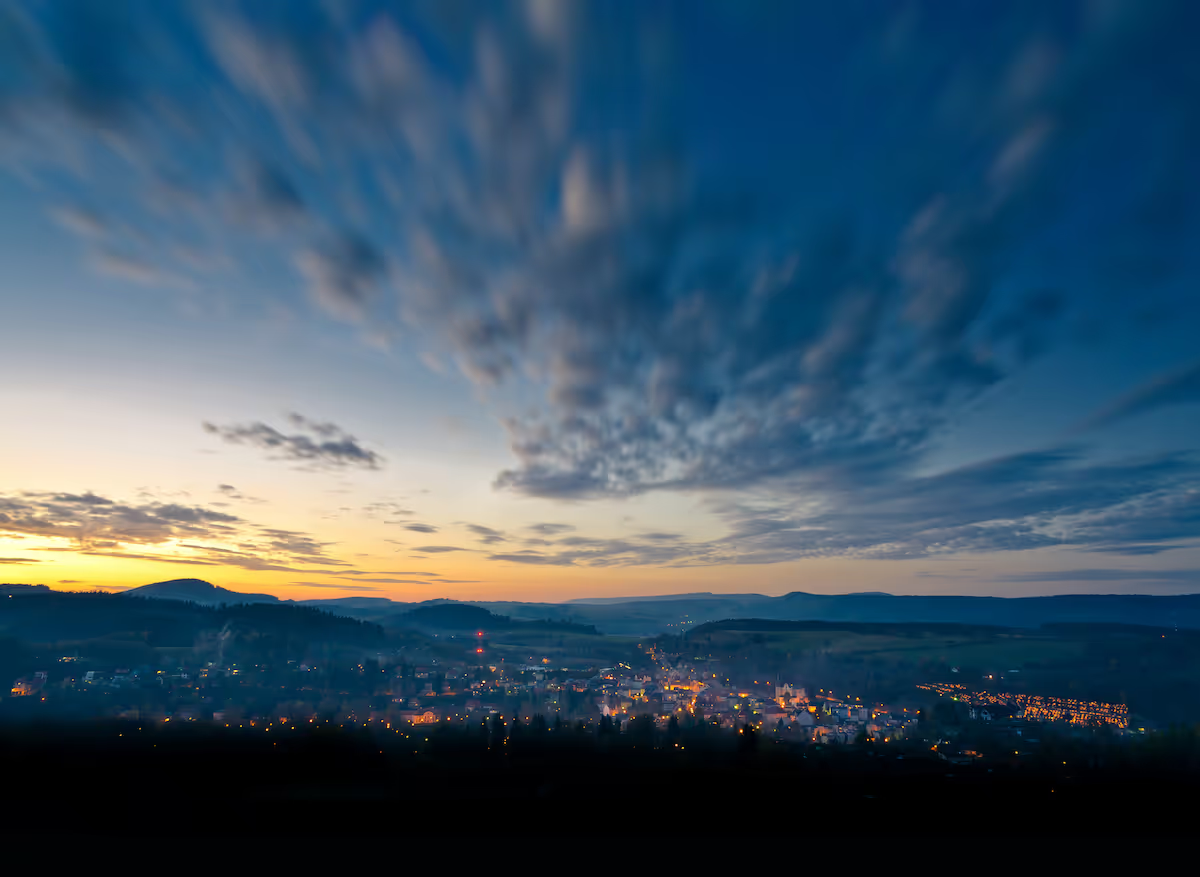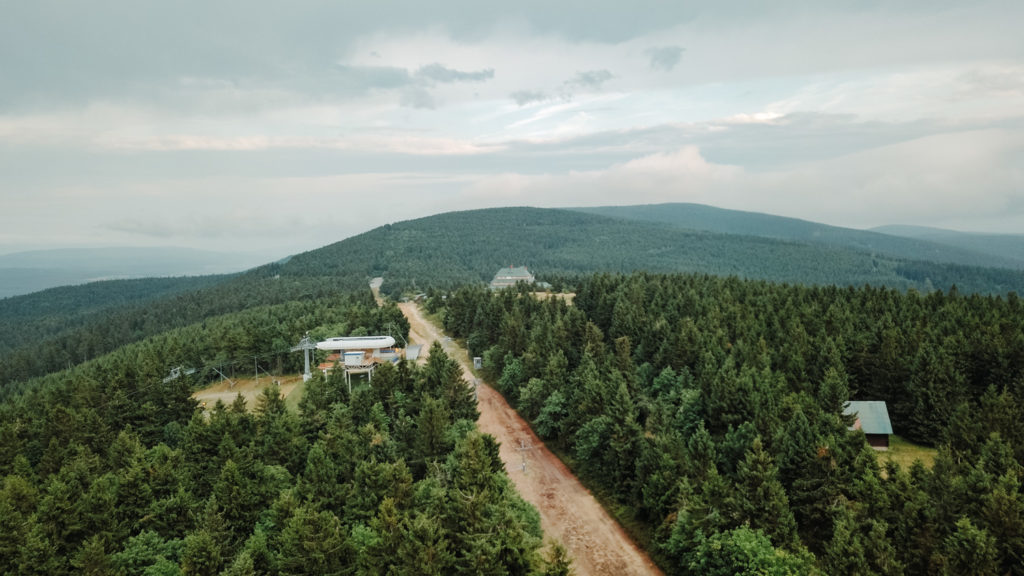Today Duszniki is known as a health resort and ski resort, but its rich history dates back to the times that preceded the discovery of health springs, and even more so the heyday of the popularity of winter sports. A wooden fortress on Mount Gomole guarded the trade route leading through the Polskie Vrota pass from Bohemia to Silesia in the early Middle Ages. Over time, it was replaced by a brick castle, a small town was established nearby, and the surrounding land under the control of the Pannevitz family formed the tiny Homolskie State.
As a private Pannevitz stronghold, Duszniki acquired city rights in the fourteenth century and since then, using the right of composition, has rapidly developed as an important trading center. Even the turmoil of the Hussite wars, which took a heavy toll on the townspeople, did not stop the development of this vibrant center. Although Homole Castle began to fall into disrepair, Duszniki did well without it, betting on metallurgy, weaving, cloth trade and paper making. The oldest buildings in Dusznik-Zdrój date back to this period. The layout of the streets, several tenement houses, the town hall or, above all, the unique paper mill on a European scale are monuments of difficult to overestimate value, a tangible testimony of an interesting past.

In the fifteenth century, the existence of the source “Cold Zdrój” was discovered, and although certainly no one paid more attention to it, it was this event that became the foundation of the modern history of the city. However, before Duszniki became a valued health resort, a lot of time had to pass. It was not until the nineteenth century that treatments began, new sources were discovered and the resource infrastructure began to be expanded. In the year eighteen hundred and twenty-sixth, the most outstanding Polish composer, Fryderyk Chopin, appeared among an increasing number of young people, but we already widely appreciate. It was in Duszniki that he gave his first charity concert. The memory of this event, as well as of Chopin's entire stay in the spa, continues to this day, visible in monuments, names and, above all, in the tradition of regularly held renowned International Chopin Competitions.
In addition to Fryderyk Chopin, Duszniki-Zdrój can boast of the visits of several other very famous people. Over the centuries, in various circumstances, such figures appeared here as the Polish king Jan Kazimierz, composer of the famous “Wedding March” — Felix Mendelssohn Bartoldy, Saint Edith Stein, known as Teresa Benedicta of the Cross (recognized as the patroness of Europe), creator of the Esperanto language — Ludwik Lazarz Zamenhof, German ace hunter Man of the First World War — Manfred von Richthoffen, the legendary Red Baron and finally the future Pope — John Paul the Second. Each of these individualities enriched the history of the city and to this day we can look for their traces, both physical (monuments, memorials, street names, or buildings), as well as more spiritual, in the form of legends, stories or related events.

Not long after Duszniki-Zdrój (Bad Reinerz in German) became a popular spa resort throughout Europe, another trend began to develop, which today largely accounts for the character of the city. At the end of the nineteenth century, a ski resort was established from Zieleniec, and a winter sports center on Yamrozowa Polana developed soon after. In those days, sport, of course, was not as popular as it is today, one can even say that it was quite elite entertainment, but its popularization occurred very quickly, and the potential of the opportunities associated with it made new opportunities open before Duszniki, which they tried to use as best as possible.
The small Duszniki Zdrój were Czech, Homolic, Polish and German in their history. Today they are an extremely interesting, vibrant resort, spa and sports center, modern and ready to offer the highest world standards, and at the same time filled with the spirit of history. Add to this the magnificent natural values, the proximity of the Table, Orlice and Bystrzyckie Mountains, the unique Torfowisko pod Zieleńcem reserve and extensive tourist infrastructure, and we will get an ideal place of rest for people of all ages and with different interests. Every guest will find something for himself here, and from the hosts you can always count on help, friendliness and a warm welcome.

.avif)



